
Digital literacy has become one of the most critical skill sets for individuals to thrive in the 21st Century. With technology integrated into nearly every aspect of our lives, navigating, evaluating, and effectively utilizing digital tools is essential. Whether a student, professional, or part of a community looking to engage digitally, digital literacy empowers you to communicate, create, and collaborate easily.
This article explores the components, importance, and practical strategies for developing digital literacy skills while addressing the challenges associated with their implementation.
Table of Content
What Is Digital Literacy?
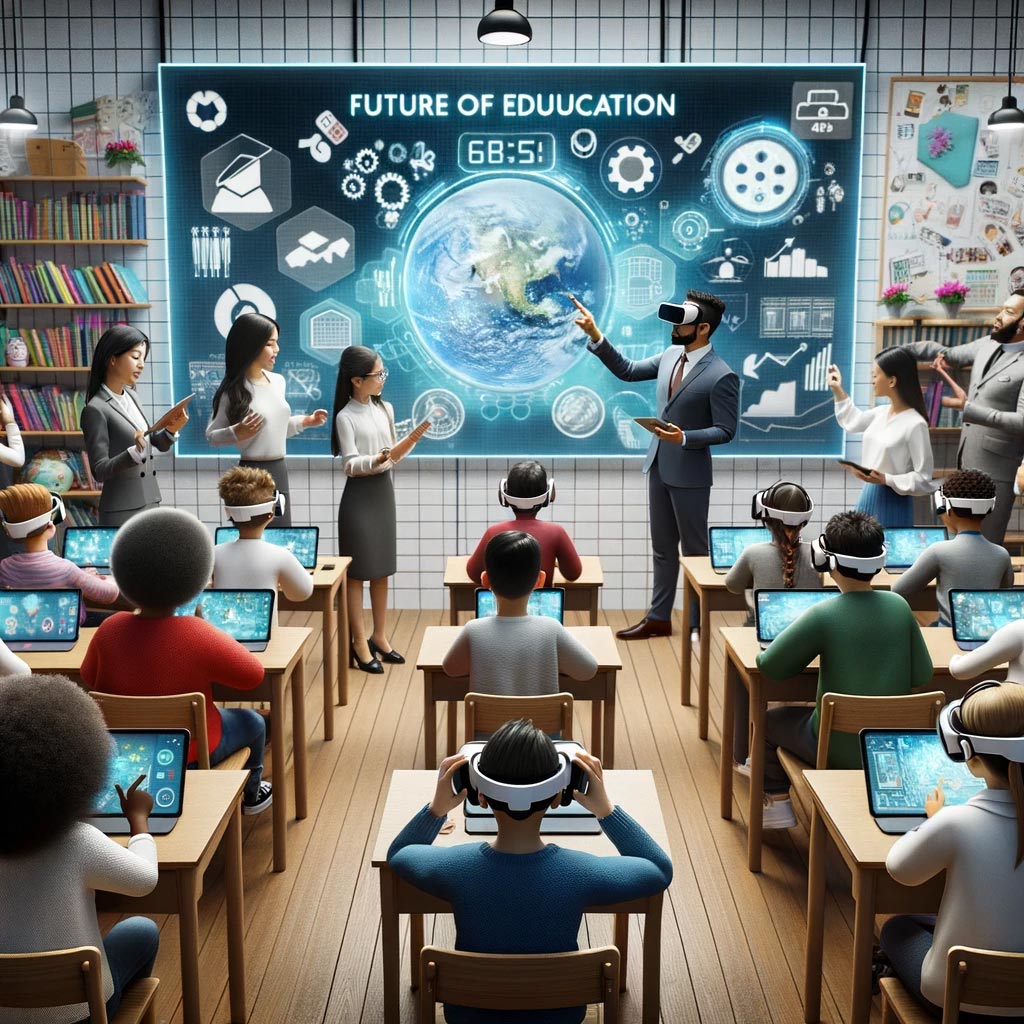
Digital literacy is using digital technologies effectively, efficiently, and responsibly to navigate and participate in a technology-driven world. It's more than just knowing how to operate a computer or use a smartphone; it's about developing a comprehensive understanding of how digital tools can be leveraged for communication, information evaluation, ethical engagement, and creative expression. For example, researching a topic online requires the technical skill to use a search engine and the critical thinking needed to evaluate the credibility of sources.
Over time, digital literacy has expanded from basic computing skills to encompass many competencies. These include online research, content creation, understanding cybersecurity risks, and engaging responsibly on social media platforms. A Pew Research Center study highlights that 81% of Americans rely on digital tools daily for work or personal tasks, emphasizing the importance of proficiency in this area. Furthermore, digital literacy supports personal growth by enabling individuals to connect with global communities, access learning resources, and enhance career opportunities.
Consider a professional writing an email: digital literacy helps them craft a clear, respectful, and effective message while considering the appropriate platform, tone, and security measures. This nuanced understanding transforms basic digital interactions into meaningful and impactful exchanges. In short, digital literacy serves as a bridge, empowering people to thrive in modern society by adapting to and leveraging the potential of digital environments.
Digital literacy is the ability to use digital technologies effectively and responsibly. It encompasses a range of skills, including:
-
Technical Proficiency: Understanding how to operate digital devices and software.
-
Information Evaluation: Assessing the credibility and accuracy of online content.
-
Ethical Awareness: Recognizing the implications of online behavior and ensuring responsible digital citizenship.
-
Communication: Using digital platforms to share ideas clearly and appropriately.
The concept has evolved significantly from basic computer skills to include competencies like online research, content creation, and cybersecurity awareness.
Why Digital Literacy Essential
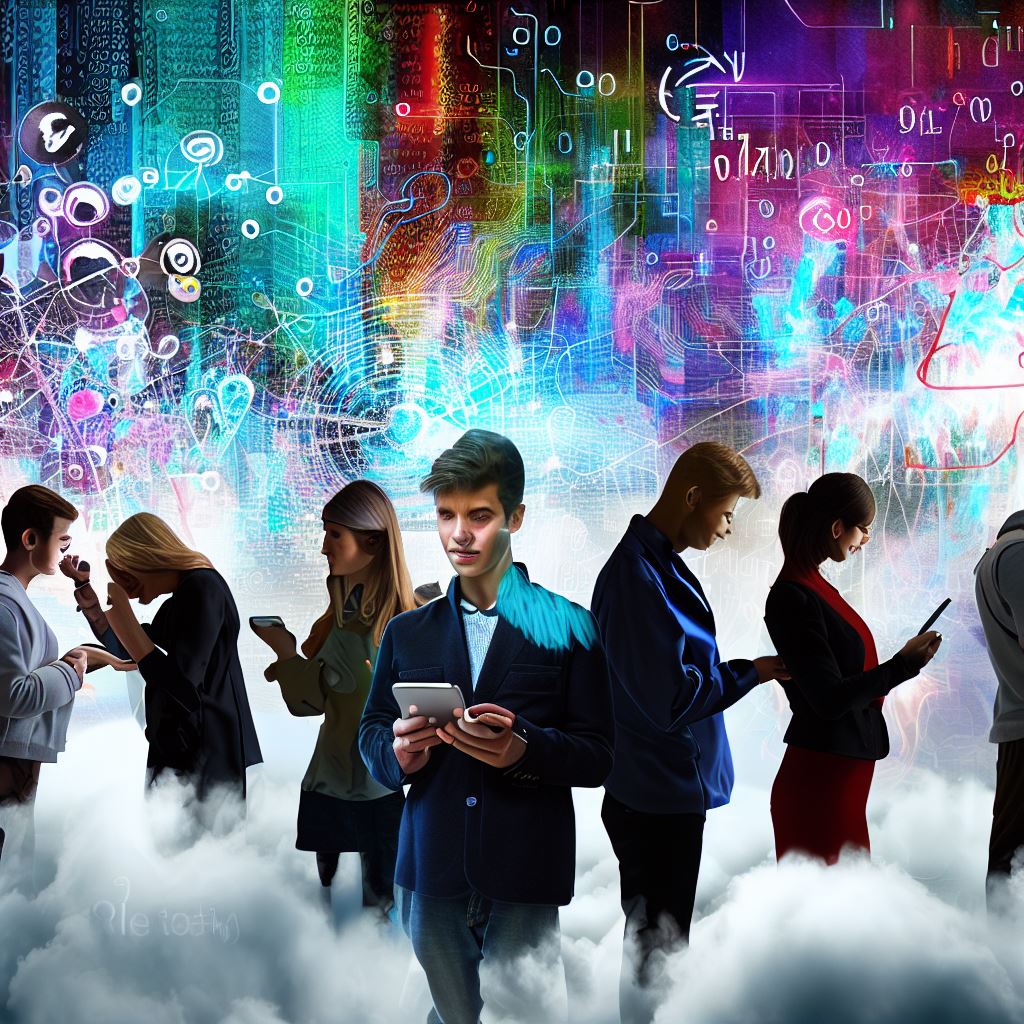
Enhancing Education
Digital literacy is a cornerstone of modern education, providing students with tools to succeed in an increasingly digital world. With access to many online resources, students can explore subjects beyond traditional textbooks and learn at their own pace. For example, platforms like Khan Academy offer tutorials on everything from basic mathematics to advanced computer science, making learning accessible to all. Digital literacy also facilitates participation in virtual classrooms and collaborative projects, where students from different regions can work together using tools like Google Workspace or Microsoft Teams. These interactions enhance their technical skills and foster teamwork and communication abilities.
Moreover, critical thinking and problem-solving skills are developed as students learn to evaluate the reliability of online sources. A UNESCO report underscores that integrating digital tools in education improves engagement and academic outcomes. However, technology access disparities—often called the digital divide—remain a significant challenge. Students in underserved communities may lack the devices or internet connectivity needed to participate fully in digital learning. Addressing these gaps requires collective efforts from governments, educators, and private organizations to ensure equitable access to technology and training. Education systems can better prepare students for future opportunities and challenges by prioritizing digital literacy.
Supporting Careers
Digital literacy has become indispensable in the professional realm, shaping how we work, communicate, and innovate. Today, nearly every industry demands at least basic digital skills, from managing email correspondence to analyzing complex datasets. A National Skills Coalition report reveals that 92% of jobs require digital fluency. Knowledge of productivity software, such as Microsoft Office or Google Workspace, enables employees to manage tasks and collaborate with colleagues efficiently. Digital platforms like Slack and Zoom facilitate seamless communication, ensuring teams remain remotely connected and productive.
Cybersecurity awareness is another critical aspect of digital literacy in the workplace. To prevent data breaches, employees must recognize phishing attempts, use strong passwords, and safeguard sensitive information. Employers highly value these skills, as they contribute to a secure and efficient work environment. For instance, many companies now offer digital literacy training programs to enhance their workforce's competencies, recognizing that well-trained employees drive innovation and productivity.
Moreover, digital literacy opens doors to new career opportunities. Individuals with advanced data analysis, coding, or digital marketing skills are often in high demand. Career advancement becomes attainable as employees adapt to technological changes and demonstrate their ability to learn and grow. Supporting digital literacy in the workplace benefits individuals and organizations, fostering a culture of adaptability and continuous improvement.
Bridging Societal Gaps
Digital literacy fosters inclusivity and bridging societal gaps by empowering individuals to engage meaningfully in a connected world. Through digital skills, people can participate in civic activities such as voting, accessing public services, or contributing to community discussions. Online platforms make it easier for marginalized groups to voice their concerns and advocate for change, creating opportunities for broader societal participation.
Essential online services, including healthcare appointments, financial transactions, and government programs, are increasingly digitized. Digital literacy ensures individuals can navigate these systems efficiently, reducing barriers to essential resources. However, a significant challenge is unequal access to digital tools and training, often called the digital divide. According to the World Bank, around 3 billion people globally still lack internet access, highlighting the need for targeted interventions.
Governments and organizations play an essential role in addressing these disparities. Initiatives like public Wi-Fi hotspots, community training centers, and low-cost hardware distribution can help bridge this gap. For instance, libraries in many countries offer free digital literacy workshops, enabling individuals to learn essential skills and access technology in a supportive environment. Focusing on digital inclusion allows society to guarantee that all individuals, regardless of background, can benefit from the digital age. This collective effort fosters a more equitable and connected world.
Core Components of Digital Literacy
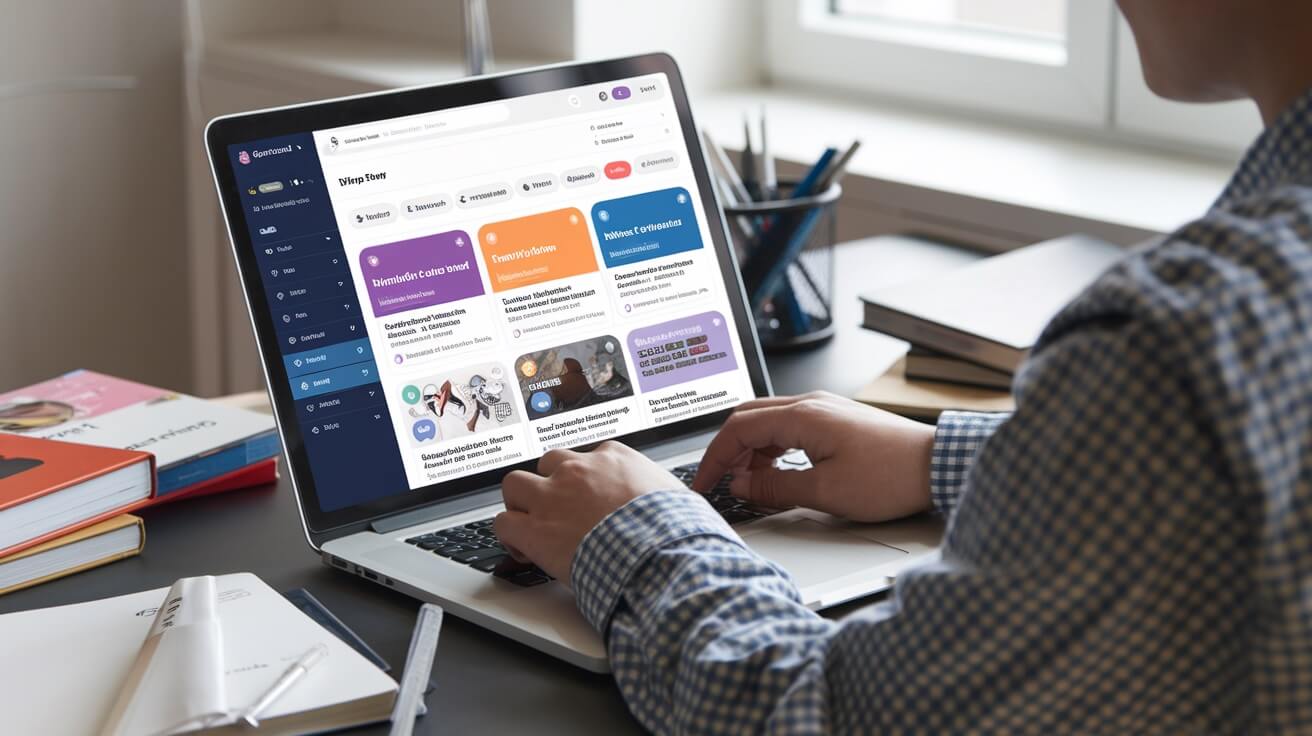
Technical Proficiency
Technical proficiency forms the bedrock of digital literacy, encompassing the essential skills required to operate modern digital devices and tools. It includes effectively using computers, smartphones, and tablets and navigating various software applications such as word processors and spreadsheets. For instance, proficiency in tools like Microsoft Excel can streamline tasks such as budgeting or data management, which are integral in personal and professional contexts. Additionally, knowing how to use search engines efficiently enables individuals to locate relevant information quickly, saving time and effort. Technical proficiency becomes an ongoing learning process as technology evolves, ensuring users can adapt to new tools and devices confidently.
Information Evaluation
In a digital age where misinformation spreads rapidly, the ability to critically assess online content is more important than ever. Information evaluation involves verifying the sources of information to ensure reliability, recognizing biases in content, and using reputable fact-checking tools like Snopes or FactCheck.org. For example, during global events such as elections or public health crises, the ability to discern accurate news from misinformation can significantly impact decision-making. This skill prevents the spread of false narratives, and fosters informed participation in societal discussions. Individuals can navigate the digital landscape responsibly and contribute to a more informed community by cultivating information evaluation skills.
Ethical Awareness
Ethical awareness ensures that individuals engage with digital environments responsibly and respectfully. This involves protecting personal data, understanding the risks of sharing sensitive information, and respecting copyright laws and intellectual property rights. For example, practicing good online hygiene—such as avoiding sharing passwords or sensitive personal details—helps maintain digital security. Ethical awareness also extends to preventing plagiarism when creating content and treating others respectfully in online interactions. Encouraging these practices helps create a safer and more inclusive digital environment for all users.
Communication Skills
Effective communication in today's digital era involves much more than just sending emails. It involves crafting clear, concise messages tailored to specific audiences and choosing the appropriate platform for each interaction. Tools like Slack and Microsoft Teams have become staples for collaborative work environments, enabling teams to share ideas and coordinate projects efficiently. Additionally, adapting the tone and style of communication based on the digital context—whether a formal work email or an informal social media post—ensures messages are understood and received positively. Strong digital communication skills enhance productivity, foster collaboration, and strengthen professional and personal relationships.
Developing Digital Literacy Skills
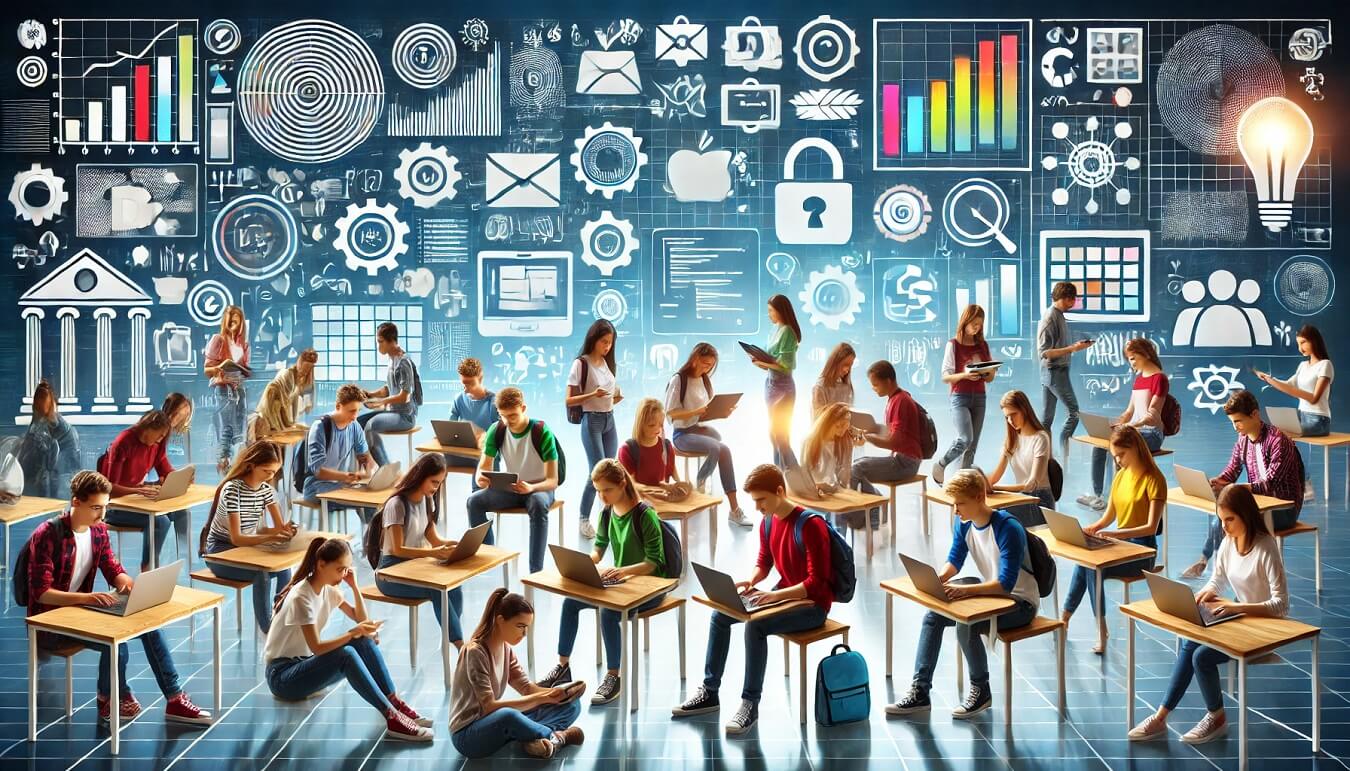
Developing digital literacy is essential to ensure individuals are empowered to succeed in a technology-driven society. It encompasses strategies that cater to diverse learning environments and emphasize the importance of continuous improvement and adaptation.
Educational Strategies
Educators play a critical role in cultivating digital literacy among students. Incorporating technology into lesson plans makes learning more engaging and familiarizes students with digital tools. Platforms like Google Classroom encourage collaboration and accessibility, fostering an interactive learning environment.
Teaching students how to evaluate online information critically ensures they can discern credible sources from unreliable ones, a crucial skill in today's misinformation-laden landscape. Promoting responsible digital behavior—such as understanding online etiquette and protecting personal information—equips students to navigate the digital world safely. Schools that introduce coding programs, for example, often observe students enhancing their technical knowledge and problem-solving abilities. These strategies prepare learners for a future where digital proficiency is a cornerstone of success.
Utilizing Online Resources
Numerous online platforms provide free or affordable resources to enhance digital literacy, making it accessible to learners of all ages. For example, Khan Academy offers tutorials on various digital tools, providing foundational skills in an easy-to-understand format. Google Digital Garage focuses on specialized topics like online marketing and productivity, making it ideal for professionals aiming to upskill. Coursera's wide range of data analysis and computer science courses cater to beginners and advanced learners. These resources empower individuals to learn independently, bridging knowledge gaps and boosting confidence in their digital abilities. By leveraging these tools, learners can stay relevant in a constantly evolving digital landscape.
Lifelong Learning
Digital literacy is not a fixed skill but a continually evolving competency that necessitates continuous learning and adjustment to new technologies and digital settings. Engaging in lifelong learning ensures individuals remain proficient and adaptable. Webinars, workshops, and online courses offer regular updates on the latest trends and best practices. Joining tech-focused communities—through forums, social media groups, or local meetups—provides avenues for shared learning and networking. Exploring new technologies such as artificial intelligence or blockchain positions individuals at the forefront of innovation. For example, participating in intensive coding boot camps has enabled many professionals to transition into tech-focused careers. Lifelong learning fosters resilience and adaptability, empowering individuals to navigate the ever-changing digital world confidently.
Challenges in Achieving Digital Literacy
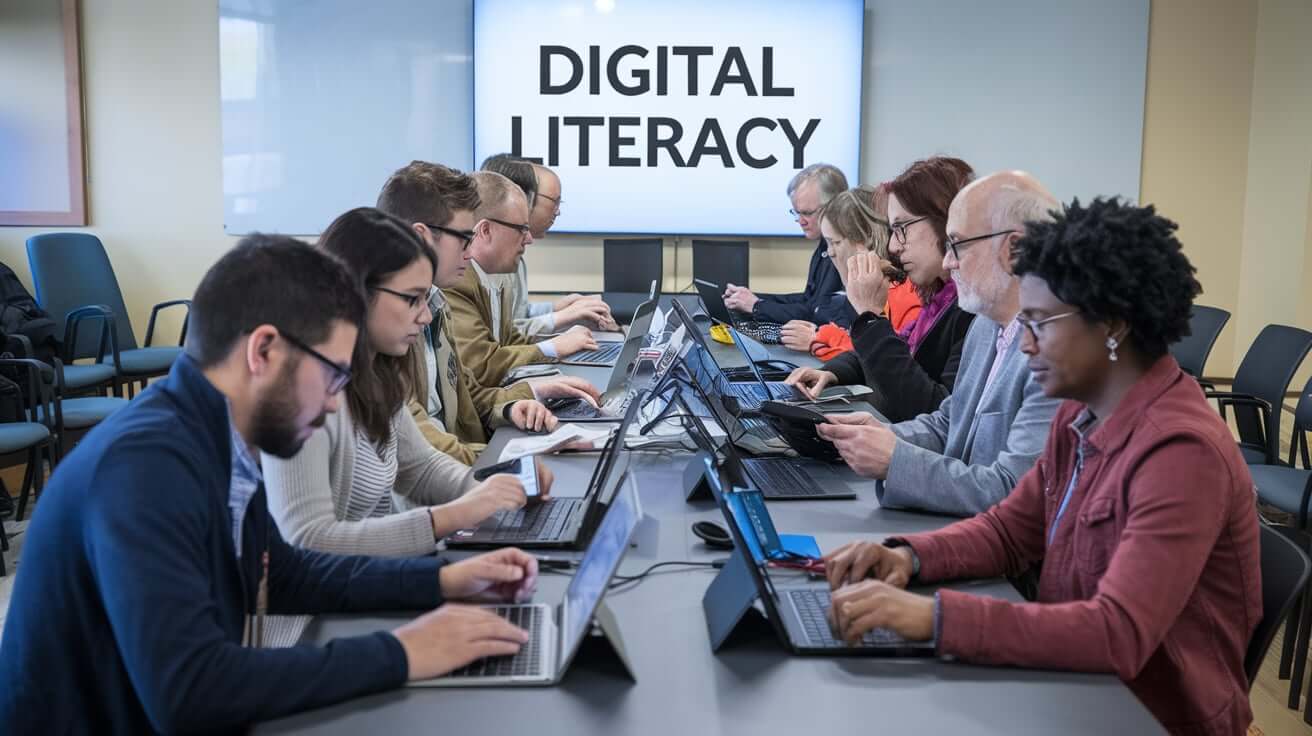
Digital Divide
Socio-economic disparities limit access to digital tools, creating a digital divide. The World Bank says nearly 3 billion people worldwide lack internet access. Bridging this gap requires:
-
Investments in infrastructure.
-
Affordable internet services.
-
Community-based digital literacy programs.
Technological Access
Many underserved areas lack reliable devices and connectivity. Solutions include:
-
Distributing refurbished computers.
-
Establishing public Wi-Fi hotspots.
-
Partnering with tech companies to provide low-cost hardware.
Socio-Economic Barriers
Economic challenges prevent individuals from accessing digital education. Scholarships, government subsidies, and corporate sponsorships can help alleviate these barriers.
Case Studies and Real-Life Examples
Success Story: Estonia's Digital Transformation
Estonia is a global leader in digital literacy through initiatives like e-Estonia, which integrates digital services across education, healthcare, and governance. As a result, 99% of public services in Estonia are available online, and citizens are equipped with the skills to access them. Starting in primary schools, Estonia's focus on early digital literacy education has ensured that future generations are prepared to navigate and thrive in the digital age.
Community Programs in U.S. Libraries
In the U.S., libraries have become hubs for digital literacy training, offering free workshops on topics like online safety and software usage. These programs have empowered many individuals to enhance their career prospects and engage more actively in society. For example, the Chicago Public Library's "Digital Skills for All" initiative has provided hands-on software and digital tools training, helping bridge the technology gap in underserved communities.
Digital Literacy for Farmers in India
In rural India, digital literacy programs have transformed agricultural practices. Initiatives like the Digital Green platform use videos to teach farmers modern techniques and connect them with broader markets. By learning how to use smartphones and digital tools, farmers can now access weather updates, market prices, and government schemes, boosting their productivity and income.
Remote Learning Success in Kenya
During the COVID-19 pandemic, Kenya's Ministry of Education launched digital learning platforms to ensure education continuity. Programs like Tusome Early Grade Reading incorporated mobile apps and SMS-based tools to reach students in remote areas. These efforts kept students engaged and introduced digital skills to communities with limited access to technology.
Corporate Digital Upskilling in Germany
In Germany, corporations have implemented extensive digital upskilling programs to prepare employees for Industry 4.0. Siemens, for instance, launched training modules on advanced technologies like IoT and AI, enabling employees to adapt to automation trends. These initiatives highlight how corporate investment in digital literacy drives innovation and workforce resilience.
Senior Citizen Programs in Australia
Australia's Be Connected program focuses on improving digital literacy among senior citizens. The initiative provides free tutorials and one-on-one coaching to help older adults navigate the Internet, use email, and access essential services online. This empowerment fosters greater independence and reduces social isolation among senior participants.
Conclusion
Digital literacy is a foundational skill in the 21st Century, influencing education, careers, and social participation. While challenges like the digital divide persist, ongoing efforts from individuals, communities, and governments can ensure broader access to digital tools and training. We can all contribute to a more digitally literate world by embracing lifelong learning and leveraging available resources.
FAQ
What is digital literacy?
Digital literacy effectively uses digital tools and technologies to find, evaluate, create, and communicate information. It includes skills like operating devices, navigating online platforms, and understanding online safety and ethical behavior.
Why is digital literacy critical in education?
Digital literacy is essential in education because it equips students with the skills to access online resources, participate in virtual learning environments, and develop critical thinking and problem-solving abilities. It prepares them for the demands of modern academic and professional settings.
How does digital literacy impact careers?
Digital literacy is a must-have skill in today's workplace. It enables employees to use productivity tools, communicate through digital platforms, and address cybersecurity concerns. Digital fluency enhances job performance and opens opportunities for career advancement.
What are the challenges of achieving digital literacy?
Key challenges include the digital divide, limited access to reliable technology, and socio-economic barriers that prevent equitable learning opportunities. Addressing these challenges requires investments in infrastructure, affordable tools, and community-based training programs.
How can we improve digital literacy skills?
Individuals can enhance their digital literacy by:
-
Enroll in online classes like those offered by Coursera or Google Digital Garage.
-
Participating in workshops and webinars.
-
Joining tech-focused communities for shared learning.
-
Practicing critical evaluation of online content and responsible digital behavior.
Also Read
Digital Literacy





